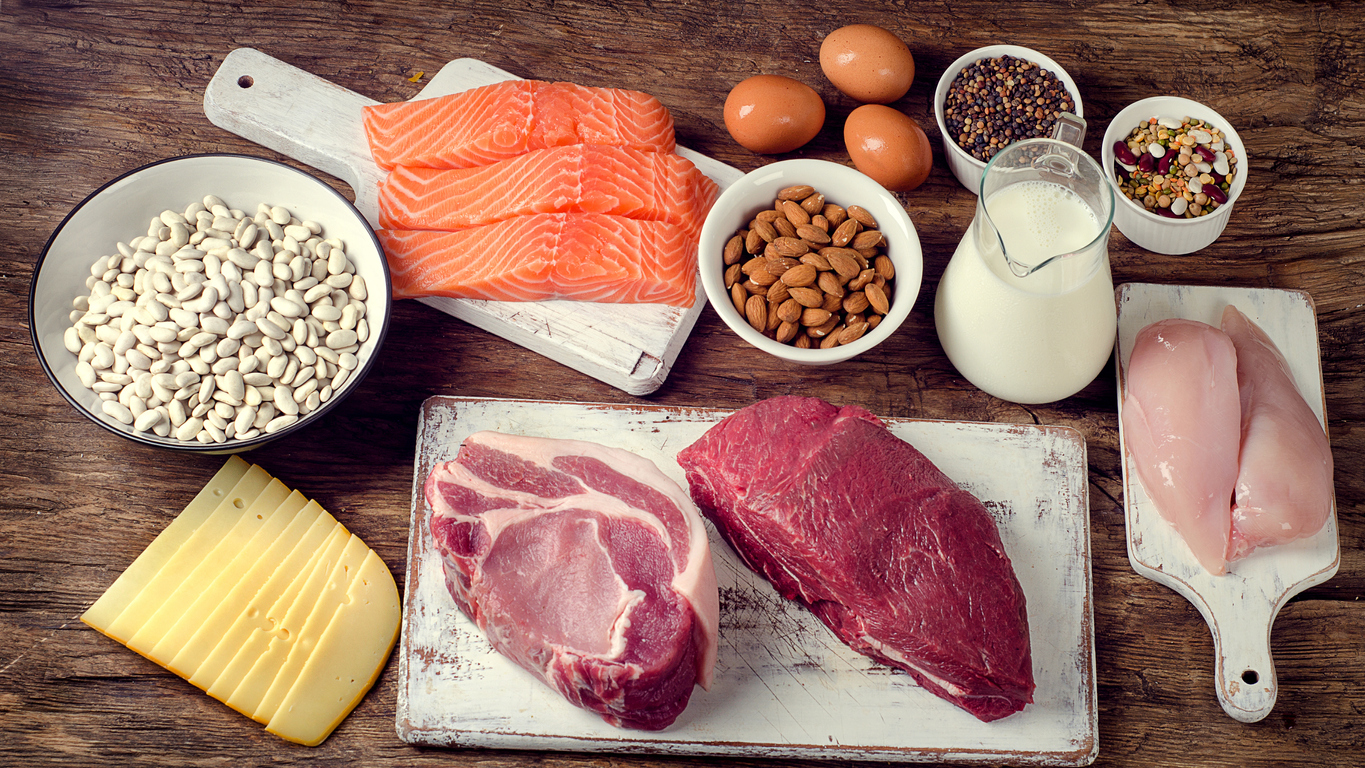Potentially hazardous foods
Potentially hazardous foods are foods that must be kept at a particular temperature to minimise the growth of food poisoning bacteria that may be in the food, or to stop the formation of toxins.
Examples of potentially hazardous foods include:
- raw and cooked meat, or foods containing meat such as casseroles, curries and lasagne
- dairy products such as milk, custard and dairy‐based desserts
- seafood (excluding live seafood)
- processed or cut fruits and vegetables, such as salads
- cooked rice and pasta
- foods containing egg, beans, nuts or other protein‐rich food such as quiche and soy products
- foods that contain any of the above foods including sandwiches and rolls.

Be aware of how you prepare, store and serve these foods at home, for picnics, when packing school lunch boxes, donating to charities, or taking food home in doggy bags from restaurants.
Always keep potentially hazardous food under temperature control:
- keep hot food hot - 60ºC or above
- keep cold food cold - 5ºC or below
Seafood
Seafood can have different types of toxins, that occur naturally in fish, which can be hard to identify.
Always purchase seafood from a reputable seller. The fish should have clear unsunken eyes and firm flesh. Keep the fish refrigerated until it is to be used.
Read more about food safety risks associated with seafood
More information
Read more about:
- potentially hazardous food and how to handle them in different situations
- food handling tips for businesses which provides more detail for some situations


